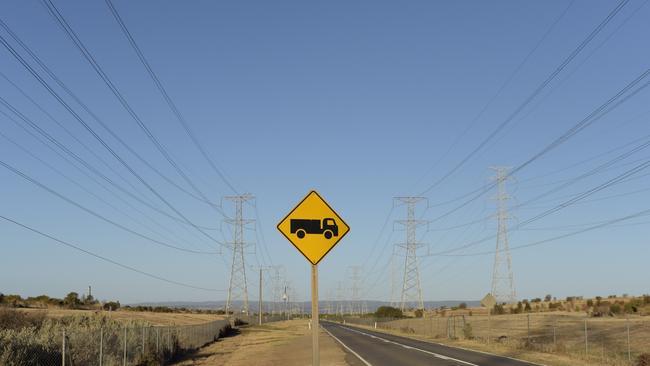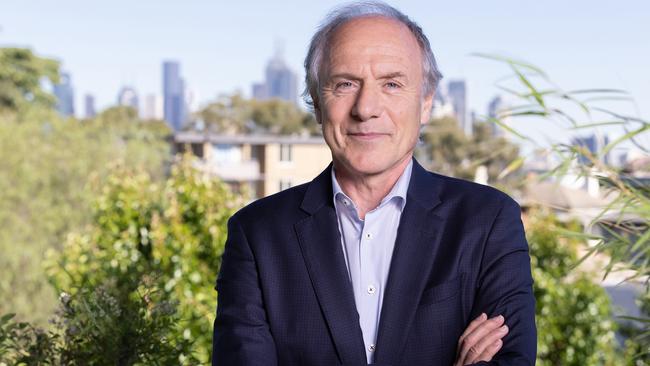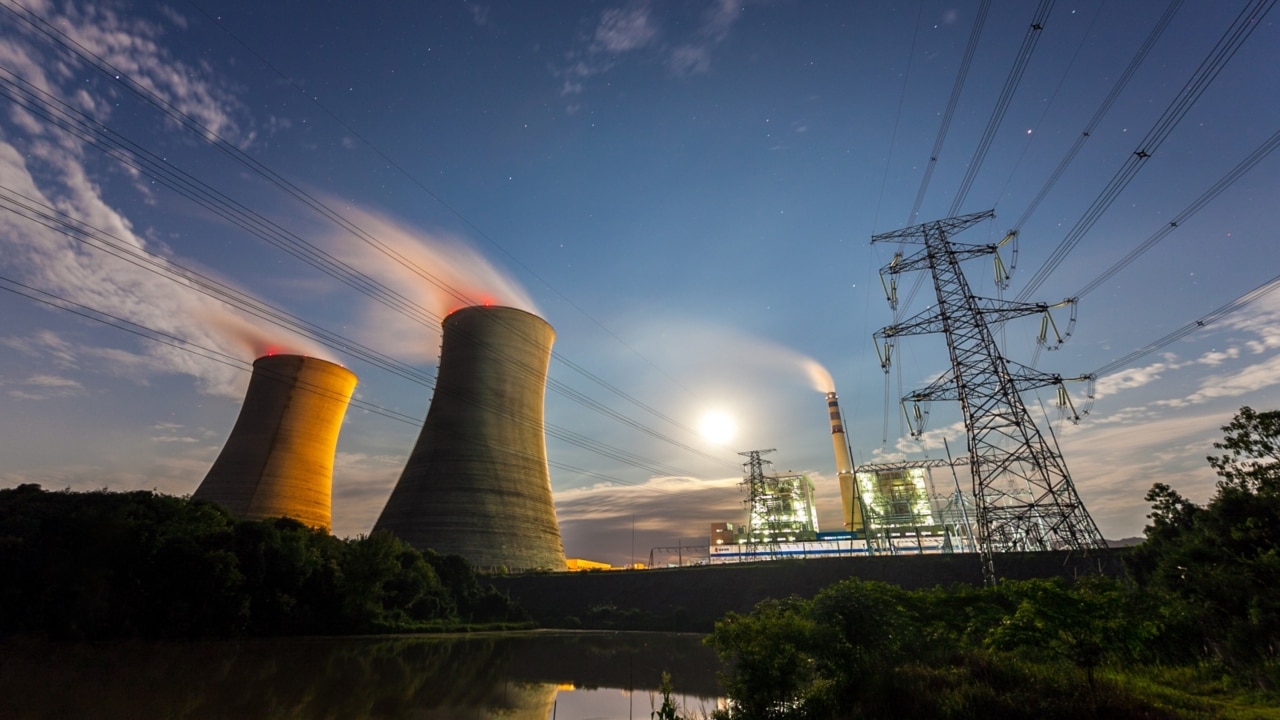Transmission line delays are putting a handbrake on renewable electricity supply
Early planning and streamlined regulations key to transmission line rollout, says Australia’s former chief scientist.

Transmission lines are the most urgent part of the clean energy transition and work needs to start earlier in engaging with impacted landholders, former chief scientist Alan Finkel has declared.
The way industry deals with local communities must be improved, while the morass of regulations should be streamlined so permissions can be secured in a one- or two-year timeframe, he said in an interview with The Weekend Australian.
“It can be a decade or more to go from early thinking of where we might need a transmission line to actually moving through the regulatory process, financing and construction. If we could do that more easily, it would speed things up,’’ Dr Finkel said.
Supply chain and workforce constraints, high costs and community opposition are all delaying parts of the rollout of about 10,000km of high voltage transmission lines planned by 2050.

Dr Finkel said the time it took to build new transmission lines was limiting Australia’s ability to scale up the renewable electricity supply.
His comments come amid growing warnings from the energy sector that transmission infrastructure is not being built quickly enough to compensate for the retirement of coal power stations, exposing consumers to higher power costs and gaps in reliability.
Dr Finkel, who has penned a new book on the clean energy switch, writes that while coal-fired plants have no future, shuttering them before sufficient firmed solar and wind plants are built risks extended blackouts.
“That would not just be a disaster for modern life; it risks rescinding the social licence for moving as fast as we can to net zero,’’ he writes.
As chief scientist from 2016 to 2020, Dr Finkel led the review of the electricity market and the national low-emissions technology road map, and he has been an adviser to industry and governments.
Notwithstanding the obstacles, he believes that by 2040 Australia will have an almost fully zero-emissions electricity supply powered by wind and solar, firmed by batteries, pumped hydro and hydrogen storage, with the help of natural gas as a firming source.
Nuclear power, including small modular reactors, will not be required in that mix, he said. “It’s not realistic, even if we wanted to, to have nuclear in Australia before about 2040 by which time I am quite confident we won’t need it.’’
Dr Finkel said early planning was one of the keys to overcoming delays in building transmission lines, because they often take longer to construct than large wind and solar farms. Local communities must be engaged with earlier so they can have input into the path of the lines. Fair compensation was an important part of the mix, he said.

“Starting early before things are locked in is important. If people can understand this is the most sensible route for the benefit of the local and state economy, as well as contribution to national and global good, and on top of that get reasonable compensation, I think any reasonable person would agree at that point, as long as they don’t feel railroaded,’’ he said.
Moving the high voltage overhead lines underground would solve many of the community acceptance issues but he said this option could be four to 10 times more expensive. “It doesn’t work in mountainous areas, but it does work in farmland – but it’s expensive and if it suffers an electrical fault, it’s extremely expensive to repair,’’ he said.
Dr Finkel’s comments were echoed by former Reserve Bank governor Guy Debelle, who told The Australian-Sky News Economic Outlook conference on Friday that building enough transmission lines to transport new renewable energy generation to households and businesses was Australia’s biggest transition challenge.
Mr Debelle, now a Fortescue Future Industries director, joined the chorus of business leaders who are raising concerns about the pace of developing new high-voltage transmission cables.
He said Australia risked not meeting its emissions-reduction targets by 2030 without improving its transmission infrastructure.








To join the conversation, please log in. Don't have an account? Register
Join the conversation, you are commenting as Logout